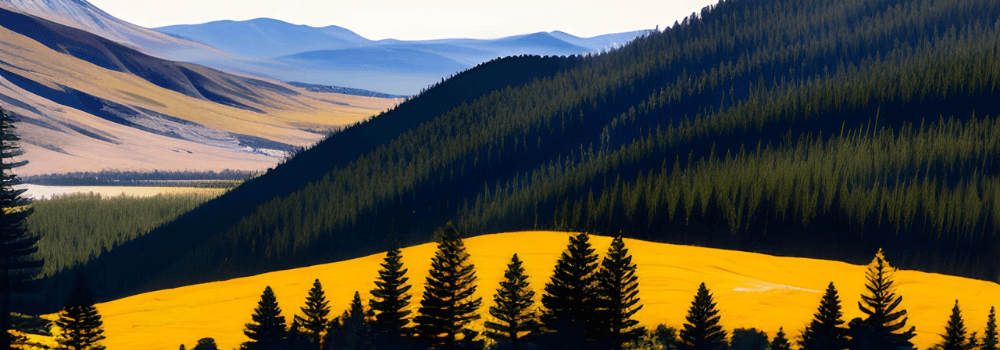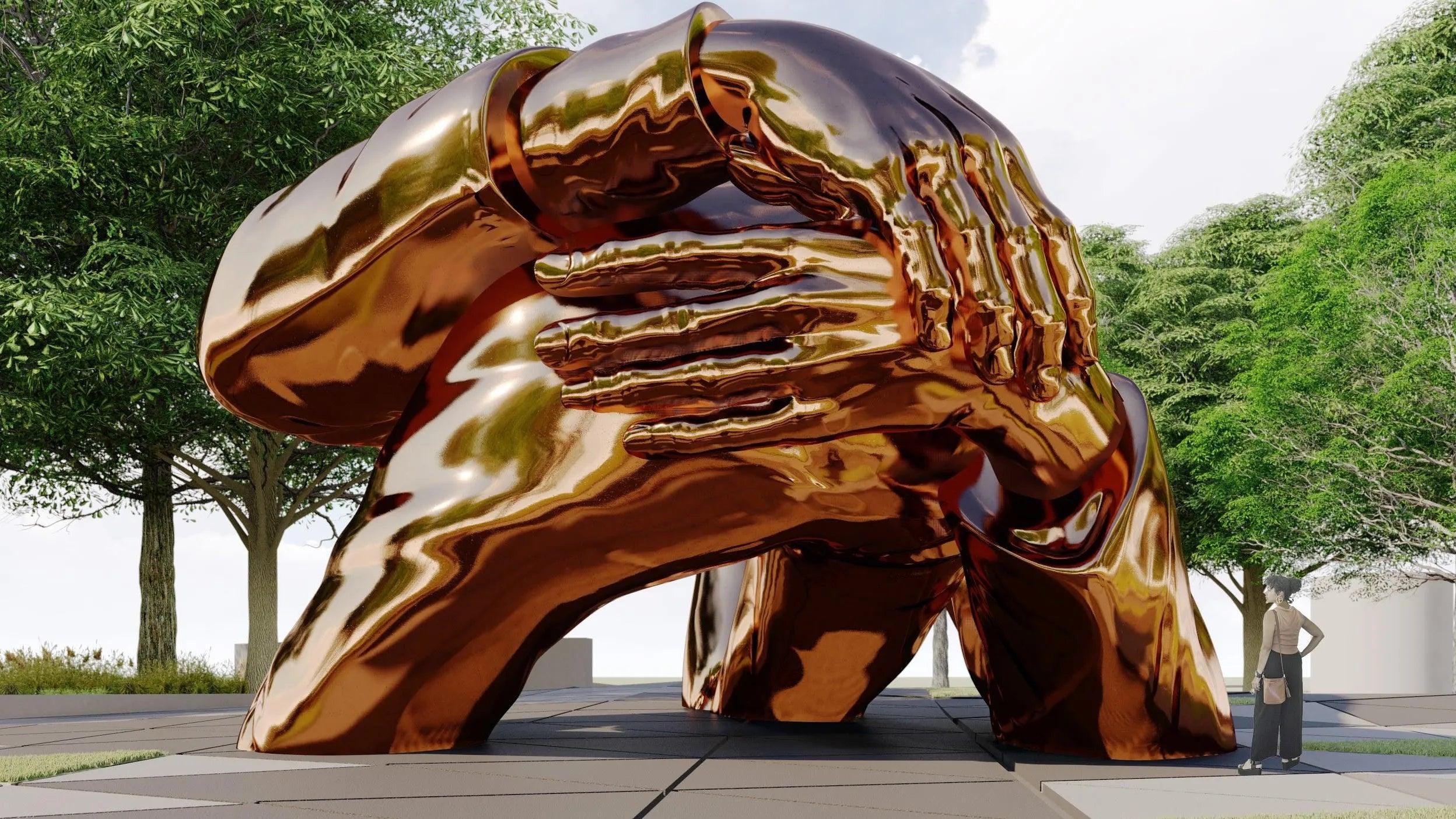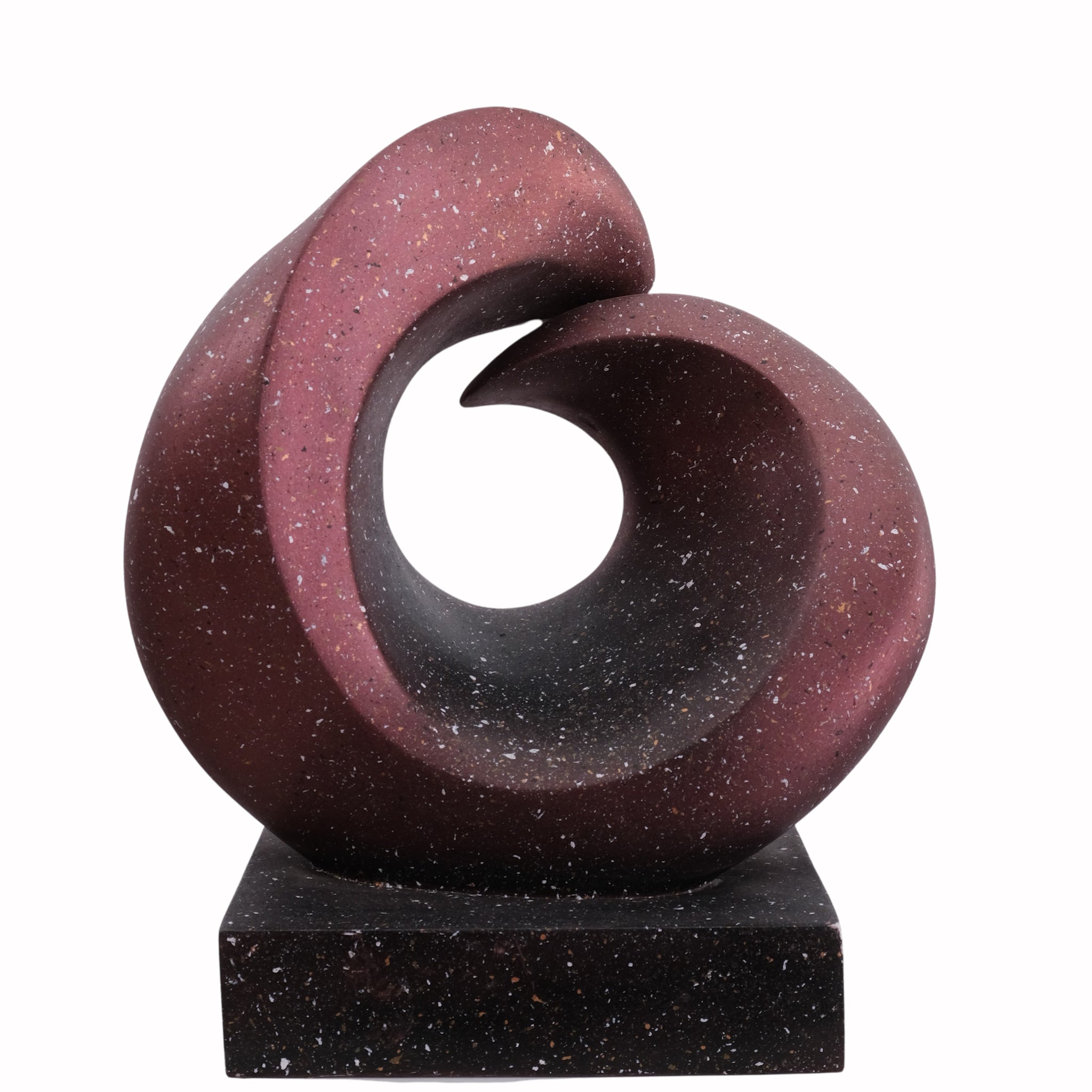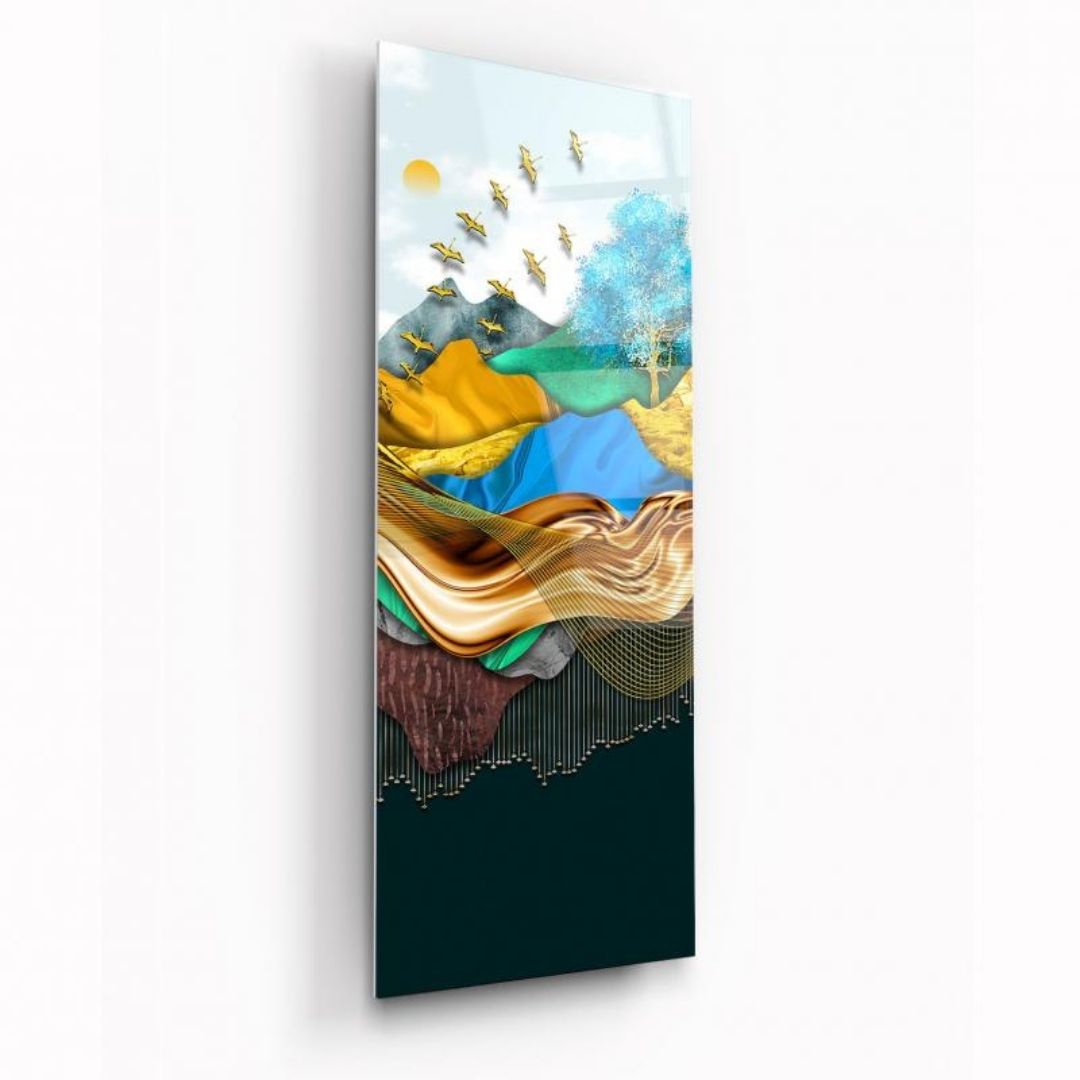Acrylic landscape painting is a captivating art form that allows artists to capture the beauty of the natural world on canvas. With its vibrant colors, versatility, and quick drying time, acrylic paint has become a popular medium for landscape painters of all levels. In this article, we will delve into the fascinating world of acrylic landscape painting, exploring essential materials and tools, understanding color theory, learning various techniques, and discovering inspiring ideas to unleash your creativity.

Essential Materials and Tools for Acrylic Landscape Painting
Before diving into the world of acrylic landscape painting, it is essential to have the right materials and tools at your disposal. Here are the must-haves for beginners:
Acrylic Paint: Invest in a range of high-quality acrylic paints in various colors. Opt for professional-grade paints that offer better pigmentation and durability.
Brushes: A variety of brushes will be needed for different techniques. Round brushes are ideal for blending and creating fine details, while flat brushes are perfect for broad strokes and washes.
Canvas: Choose a canvas size that suits your preference and the scale of your landscape painting. Stretched canvas or canvas boards are commonly used for acrylic painting.
Palette: A palette is necessary for mixing and blending colors. You can use a traditional wooden palette or opt for a disposable palette pad for convenience.
Palette Knife: A palette knife is a versatile tool that can be used for mixing colors, applying paint to create texture, and scraping away mistakes.
Mediums: Acrylic mediums such as gel or texture paste can be used to enhance texture and extend drying time. They allow you to experiment and create unique effects in your landscape paintings.

Understanding the Basics of Color Theory for Landscape Painting
Color theory plays a crucial role in acrylic landscape painting. It helps artists understand how colors interact with each other and how to create harmony and depth in their paintings. Here are the key concepts to grasp:
Color Wheel: Familiarize yourself with the color wheel, which consists of primary, secondary, and tertiary colors. Understanding color relationships will allow you to mix colors effectively and create a harmonious composition.
Value: Value refers to the lightness or darkness of a color. By varying the value of colors in your landscape painting, you can create depth and contrast. Experiment with tints and shades to add dimension to your artwork.

Temperature: Colors can be warm or cool. Warm colors, such as red and yellow, evoke a sense of energy and intensity, while cool colors, like blue and green, create a calm and soothing atmosphere. Use temperature to convey the mood and atmosphere of your landscape.
Step-by-Step Guide: How to Paint a Basic Landscape
Now that you have a good grasp of the materials, tools, and color theory, let's dive into a step-by-step guide on how to paint a basic landscape using acrylics. Follow these simple steps to create your masterpiece:
Sketch the Composition: Start by sketching the basic outline of your landscape using a pencil. Determine the placement of the horizon line, focal points, and major elements.
Block in the Background: Begin by applying a thin wash of color to establish the sky and background. Use broad brush strokes and blend the colors smoothly for a seamless transition.
Define the Foreground: Gradually build up the layers of paint to define the foreground elements such as trees, rocks, or buildings. Use darker colors and add details to create depth and texture.
Refine the Details: Focus on adding details to your landscape, such as individual leaves, branches, or textures on the ground. Use smaller brushes for precision and pay attention to light and shadow.
Final Touches: Step back and assess your painting. Make any necessary adjustments to enhance the composition or add highlights. Sign your artwork and let it dry completely.
By following these steps, you can create a beautiful landscape painting that showcases your creativity and newfound skills in acrylic painting.

Exploring Different Techniques for Creating Texture and Depth in Acrylic Landscapes
Acrylic paint offers a wide range of techniques that can be employed to create texture and depth in your landscape paintings. These techniques allow you to add dimension and visual interest to your artwork. Here are a few techniques to experiment with:
Impasto: Impasto is a technique that involves applying thick layers of paint to create texture. Use a palette knife to build up layers and create bold, three-dimensional effects.
Dry Brushing: Dry brushing involves using a dry brush with minimal paint to create a rough, textured effect. This technique is ideal for depicting grass, foliage, or rough surfaces.
Glazing: Glazing involves layering transparent or translucent washes of paint over dry layers of paint. This technique adds depth and luminosity to your landscape by allowing light to pass through the layers.
Sgraffito: Sgraffito is a technique that involves scratching or scraping away layers of paint to reveal the layers beneath. This technique can be used to create texture in tree bark, rocks, or other rough surfaces.
Experiment with these techniques and find your unique style. Don't be afraid to push the boundaries and explore new possibilities with acrylic paint.

Choosing the Right Composition for Your Acrylic Landscape Painting
The composition of your landscape painting is crucial as it determines how the elements are arranged within the frame and how the viewer's eye moves through the artwork. Here are some tips for choosing the right composition:
Rule of Thirds: The rule of thirds divides the canvas into a grid of nine equal parts. Place the focal points or key elements of your landscape at the intersections or along the gridlines to create a balanced and visually pleasing composition.
Leading Lines: Utilize leading lines such as roads, rivers, or paths to guide the viewer's eye into the painting. These lines create depth and add visual interest to your artwork.
Negative Space: Consider the use of negative space in your composition. Negative space refers to the empty areas surrounding the main subject. It can help create a sense of balance and highlight the focal point.
Balance: Achieve a balance between the elements in your landscape painting. Distribute the visual weight evenly to create a harmonious composition. Avoid overcrowding or leaving one area too empty.
By carefully considering the composition of your acrylic landscape painting, you can create a visually striking and engaging artwork that captivates the viewer.

Adding Detail and Focal Points to Your Landscape Painting
Detail and focal points are essential elements that bring your landscape painting to life. They draw the viewer's attention and create a sense of realism. Here are some tips for adding detail and focal points to your artwork:
Focal Point: Choose a focal point in your landscape, such as a tree, a mountain, or a building. Make it the most detailed and visually striking element in your painting. Use vibrant colors, crisp edges, and intricate details to make it stand out.
Textures: Pay attention to the textures in your landscape. Use different brush strokes, techniques, and tools to recreate the textures of leaves, rocks, or water. This adds depth and realism to your artwork.
Highlights and Shadows: Use highlights and shadows to create dimension and bring your landscape to life. Observe how light falls on different objects and replicate it in your painting. This will add depth and make your artwork more realistic.
Small Details: Add small details such as birds, flowers, or distant figures to your landscape. These details create interest and add a sense of scale to your painting.
By focusing on detail and carefully selecting focal points, you can create a visually stunning acrylic landscape painting that captures the beauty and essence of the natural world.

Tips for Capturing Different Weather Conditions in Your Acrylic Landscapes
Capturing different weather conditions in your acrylic landscapes adds variety, mood, and atmosphere to your artwork. Here are some tips for painting different weather conditions:
Sunny Day: To depict a sunny day, use warm colors, such as yellows and oranges, to create a vibrant and cheerful atmosphere. Pay attention to the highlights and shadows to capture the play of light and create a sense of warmth.
Stormy Sky: For a stormy sky, use dark, cool colors like grays and blues. Add dramatic clouds and emphasize the contrast between light and dark areas. This will create a sense of tension and drama in your painting.
Misty Morning: To capture a misty morning, use soft, muted colors and create a hazy effect by blending the colors smoothly. Pay attention to the atmospheric perspective, where objects in the distance appear less detailed and lighter in color.
Winter Landscape: For a winter landscape, use cool colors like blues and purples to depict the coldness of the scene. Add snow-covered trees, frost, or icy surfaces to convey the winter atmosphere.
Experiment with different colors, techniques, and brushwork to capture the essence of various weather conditions in your acrylic landscape paintings. This will add depth and realism to your artwork.

Inspiring Acrylic Landscape Painting Ideas and Themes
Looking for inspiration for your next acrylic landscape painting? Here are some ideas and themes to spark your creativity:
Sunrise or Sunset: Capture the beauty of a breathtaking sunrise or sunset. Experiment with warm, vibrant colors and play with the dramatic lighting to create a stunning artwork.
Seasons: Explore the changing seasons and paint landscapes that depict the beauty of spring, summer, autumn, or winter. Experiment with different colors, textures, and elements associated with each season.
Coastal Landscapes: Paint serene seascapes or rugged coastlines. Experiment with capturing the movement of waves, the reflection of light on the water, and the textures of rocks and sand.
Mountains and Valleys: Explore the majestic beauty of mountains and valleys. Experiment with capturing the grandeur of peaks, the depth of valleys, and the play of light and shadow on the slopes.
Forests and Woodlands: Paint enchanting forests and woodlands. Experiment with depicting the intricate details of trees, the dappled sunlight filtering through the foliage, and the vibrant colors of the undergrowth.
Let your imagination run wild and explore these ideas and themes to create unique and captivating acrylic landscape paintings.

Learning from the Masters: Studying Famous Acrylic Landscape Paintings
Studying the works of famous artists can provide valuable insights and inspiration for your own acrylic landscape paintings. Here are some renowned artists known for their mastery in acrylic landscape painting:
Bob Ross: Known for his tranquil landscapes and soothing instructional videos, Bob Ross popularized acrylic landscape painting and made it accessible to a wider audience.
Thomas Moran: A prominent American landscape painter, Thomas Moran's stunning landscapes depict the grandeur of the American West. Study his use of color, composition, and brushwork to enhance your own artwork.
Emily Carr: Canadian artist Emily Carr's expressive landscapes capture the beauty of the Pacific Northwest. Explore her bold use of color and unique perspectives to add a sense of dynamism to your paintings.
David Hockney: A contemporary British artist, David Hockney's vibrant landscapes combine traditional painting techniques with digital technology. Study his use of color and composition to create modern and captivating acrylic landscapes.
By studying the works of these masters, you can gain a deeper understanding of acrylic landscape painting techniques and develop your own unique style.

Online Resources for Acrylic Landscape Painting Tutorials and Art Instruction Videos
The internet offers a vast array of resources for learning acrylic landscape painting. Here are some online platforms where you can find tutorials and art instruction videos:
YouTube: YouTube is a treasure trove of acrylic landscape painting tutorials. Channels such as The Art Sherpa and Painting with Jane offer step-by-step instructions and valuable tips for beginners and advanced painters alike.
Online Art Courses: Platforms like Udemy and Skillshare offer online art courses taught by experienced instructors. Search for acrylic landscape painting courses and enroll to learn from the comfort of your own home.
Artist Websites and Blogs: Many artists share their knowledge and techniques on their personal websites and blogs. Explore websites of renowned acrylic landscape painters and learn from their tutorials and articles.
Online Art Communities: Join online art communities such as DeviantArt or WetCanvas to connect with fellow acrylic landscape painters. Share your work, receive feedback, and learn from the experiences of other artists.
Take advantage of these online resources to enhance your skills, learn new techniques, and connect with a vibrant community of artists.

Taking Your Acrylic Landscape Painting Skills to the Next Level: Intermediate and Advanced Techniques
Once you have mastered the basics of acrylic landscape painting, it's time to take your skills to the next level. Here are some intermediate and advanced techniques to explore:
Wet-on-Wet Technique: The wet-on-wet technique involves applying wet paint onto a wet surface. This technique allows for blending and creating soft edges, resulting in a more atmospheric and impressionistic painting.
Scumbling: Scumbling is a technique that involves applying a thin layer of opaque paint over a dry layer. This creates a translucent effect, allowing the underlying colors to show through. Experiment with scumbling to add depth and texture to your artwork.
Monochromatic Painting: Challenge yourself by creating a monochromatic landscape painting using a single color and its various shades. This technique allows you to focus on value and contrast, creating a striking and visually impactful artwork.
Mixed Media: Incorporate other materials and techniques into your acrylic landscape paintings. Explore collage, texture paste, or even incorporate found objects to add a three-dimensional element to your artwork.
By experimenting with these intermediate and advanced techniques, you can push the boundaries of your acrylic landscape paintings and create unique and captivating artworks.

Common Mistakes to Avoid in Acrylic Landscape Painting
As you embark on your journey of acrylic landscape painting, it is essential to be aware of common mistakes that beginners often make. Here are some mistakes to avoid:
Overmixing Colors: Avoid overmixing colors on your palette. Let the colors blend on the canvas to create more vibrant and dynamic effects.
Lack of Contrast: Pay attention to the contrast between light and dark areas in your painting. Lack of contrast can make your artwork appear flat and dull. Create depth by incorporating a range of values in your landscape.
Neglecting Composition: A strong composition is the backbone of a successful painting. Avoid placing elements randomly and strive for a well-balanced and visually pleasing composition.
Using Too Much Paint: Acrylic paint dries quickly, so it's








Leave a comment
All comments are moderated before being published.
This site is protected by hCaptcha and the hCaptcha Privacy Policy and Terms of Service apply.